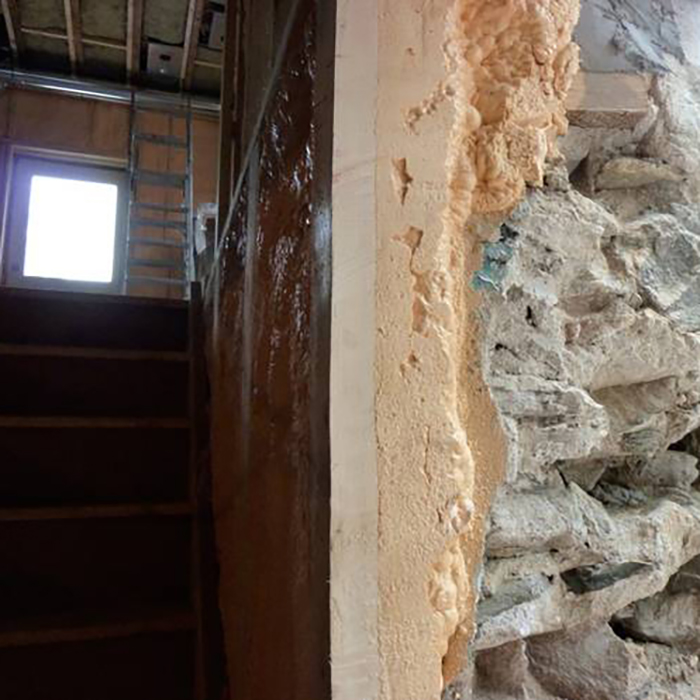
Basement Insulation Guide
When it comes to basement insulation, people use basements in different ways. You may use it merely for storing household items, you may want to use it as a spare bedroom, or you may not use it at all. Regardless, as people with mold, high power bills, mildew stench, and moisture down in their basement can attest – your basement will have an impact on your home either way. In fact, households can lose as much as 1/5 of their air heating through their basement alone.
The Enemy Down Below
For basement heating insulation purposes, the ceiling is the most important surface as it steals heat from the room above. Your basement is naturally the coldest place in your house with a recommended R value is only R-10 with a walls code requirement of at least R-8 down to the floor. The basement is typically the coldest space in a house and requires less heat in general; however, the primary concern when it comes to basements is something else entirely – moisture. This is because since the basement is cooler, hot, humid air condenses more easily upon touching it. In addition to moisture, unwanted pests and animals can harm the framing and value of your home. These can also cause health problems. For that reason, you will want to make sure that any crevices and holes as well as openings to pipes and water systems are sealed. Fortification Measures The following materials have commonly been used to solve these problems:
- fiberglass batts
- rock wool
- concrete
- polyurethane spray foam
- foam panels
To complete your insulation for the basement, spray foam insulation is one your most effective options
for sealing cracks & crevices, heating insulation coverage, and sound dampening. Concrete is especially
vulnerable to such things as it is particularly porous. Fiberglass is one of the poor traditional options
when it comes to keeping out moisture and fails miserably at the task as infrastructure fills with
moisture, rot, and mildew. Rock wool is another option but is poor in terms of coverage and features a
moderate, often insufficient R-value.
Accessing the Basement Floor & Ceiling
In terms of floor joists, the polyurethane sprayer is a godsend, as it is otherwise very difficult to get
down below far enough to properly cover the expanses both below and in the basement ceiling without
a strong spraying agent. Be sure to obtain the service of a professional company to have this done
properly. Also make sure that all of your pipes and water systems are covered and lead all your water as
far as possible from your house to avoid moisture buildup.
Measure your basement and use a calculator to estimate what cost you’re looking at for insulation in
the basement.
